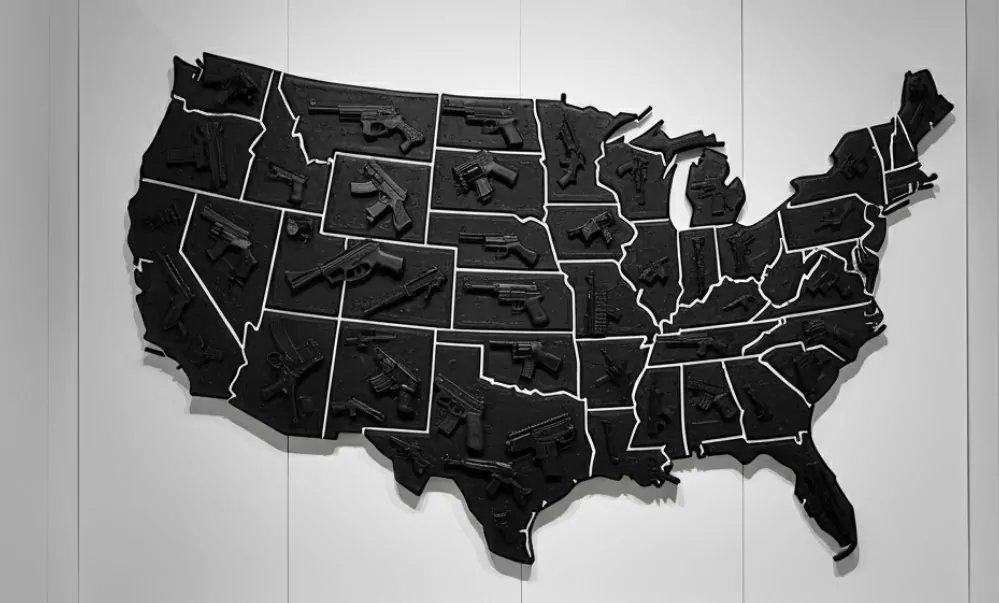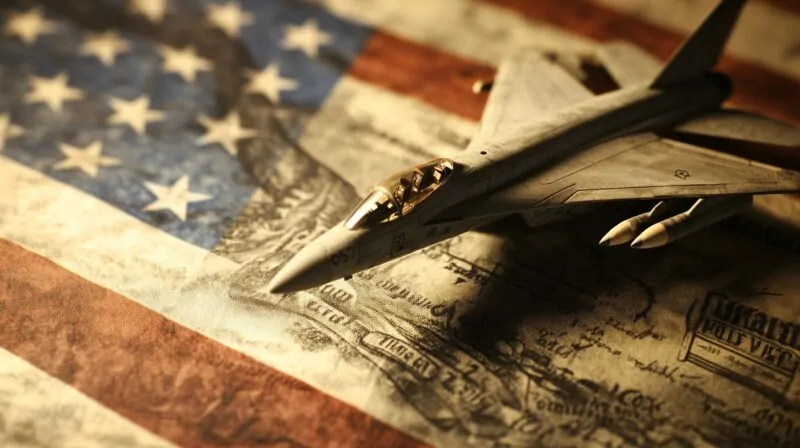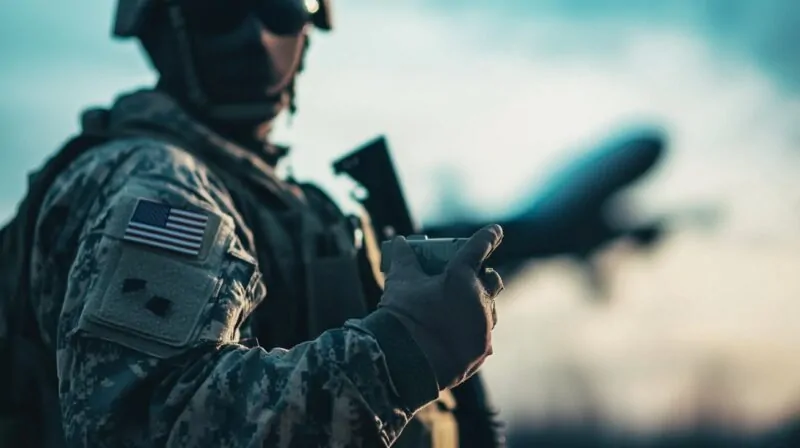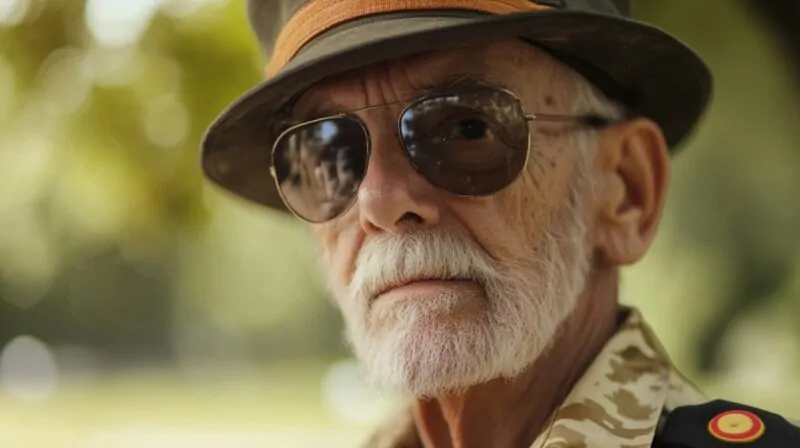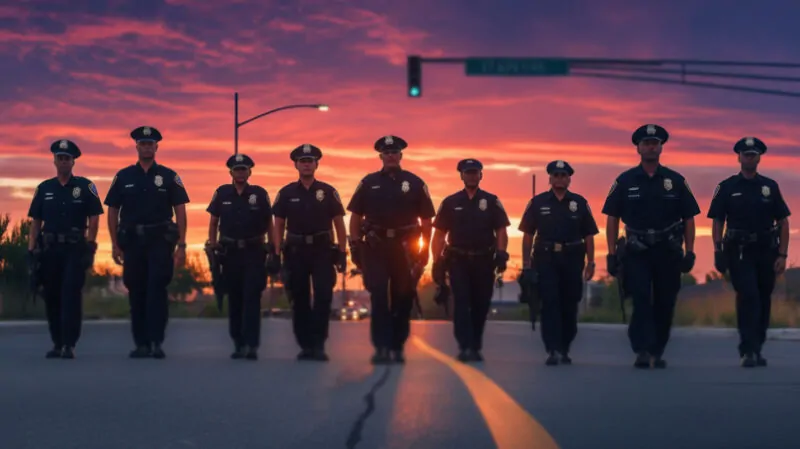Guns are deeply embedded in America’s identity, with millions of firearms in civilian hands.
The sheer number of firearms in civilian hands is staggering, making the United States the most heavily armed nation in the world.
- Safety
- Policy
- Public awareness
Let’s see how many guns are there in the US and what they mean for the nation as a whole.
Americans Have More Guns than Anyone Else

According to Tacticon, more than 500 million guns in the US are owned by civilians. That makes the US the most armed country with 120.5 guns per 100 people.
Over the decades, hundreds of millions of firearms have been manufactured for the U.S. market.
- Pistols – 6.1 million
- Rifles – 3.5 million
- Revolvers – 830k
- Shotguns – 662k
As the National Criminal Justice Association writes, 2023 was the year we saw a high gun sale of 16.7 million pieces, and the start of 2024 with 5.5 million pieces sold was quite interesting.
While many guns in the US produced early in the 20th century may no longer exist due to wear and tear, a significant portion remains in circulation.
Military and law enforcement arsenals, typically excluded from civilian estimates, add another layer of complexity.
- Changes in consumer preferences
- Technological advancements in firearm production
- The lack of comprehensive tracking systems
With no national firearm registry in place, accurate figures remain elusive, emphasizing the challenge of quantifying America’s arsenal.
Who are the Gun Owners in The US?
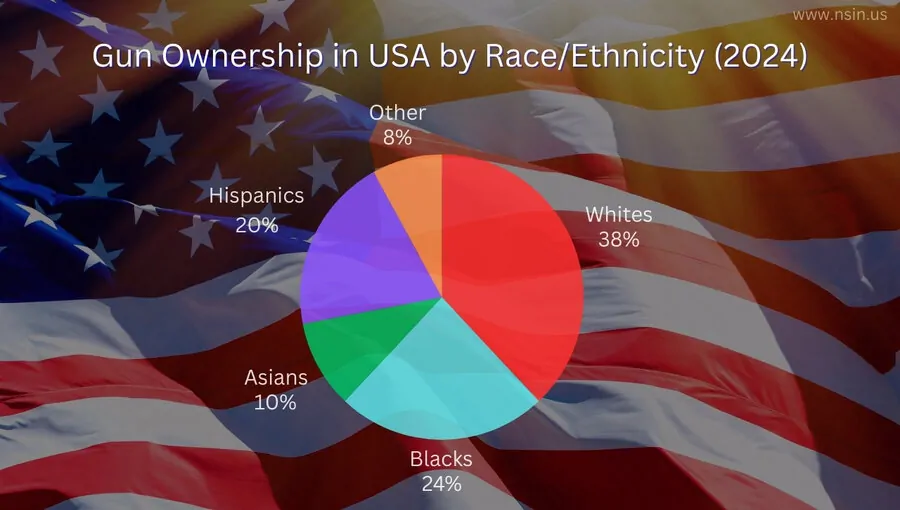
Approximately one-third of adults own guns in the US, and around 42% of households report having firearms in their possession, as Statista points out in its report.
The ownership spans a wide range of demographics, including differences in gender, ethnicity, and community type. It also answers how many guns are in America per demographic group.
- Gender:
- 40% of men
- 25% of women
- Community Type:
- 47% in rural areas
- 30% in suburbs
- 20% in urban areas
- Race/Ethnicity:
- 38% of Whites
- 24% of Blacks
- 20% of Hispanics
- 10% of Asians
Between 2005 and 2020, gun ownership among women has increased by 77%, as stated by CBSNews.
DataPanda’s report shows it perfectly:
| State | Gun Ownership Rate | State | Gun Ownership Rate |
|---|---|---|---|
| Montana | 66.3 | North Carolina | 45.8 |
| Wyoming | 66.2 | Texas | 45.7 |
| Alaska | 64.5 | Wisconsin | 45.3 |
| Idaho | 60.1 | Nebraska | 45.2 |
| West Virginia | 58.5 | Colorado | 45.1 |
| Arkansas | 57.2 | Indiana | 44.8 |
| Mississippi | 55.8 | Virginia | 44.6 |
| Alabama | 55.5 | Iowa | 43.6 |
| South Dakota | 55.3 | Minnesota | 42.8 |
| North Dakota | 55.1 | Washington | 42.1 |
| Oklahoma | 54.7 | New Hampshire | 41.1 |
| Kentucky | 54.6 | Pennsylvania | 40.7 |
| Louisiana | 53.1 | Michigan | 40.2 |
| Tennessee | 51.6 | Ohio | 40.0 |
| Oregon | 50.8 | Florida | 35.3 |
| Vermont | 50.5 | Delaware | 34.4 |
| South Carolina | 49.4 | Maryland | 30.2 |
| Georgia | 49.2 | California | 28.3 |
| Kansas | 48.9 | Illinois | 27.8 |
| Missouri | 48.8 | Connecticut | 23.6 |
| Nevada | 47.3 | New York | 19.9 |
| Maine | 46.8 | Hawaii | 14.9 |
| Utah | 46.8 | Rhode Island | 14.8 |
| Arizona | 46.3 | New Jersey | 14.7 |
| New Mexico | 46.2 | Massachusetts | 14.7 |
Uncertain Times Generate More New Gun Owners
Periods of societal unrest and economic instability often correlate with surges in firearm purchases.
For instance, during the COVID-19 pandemic, the United States experienced a significant increase in gun sales.
A study published in Injury Epidemiology noted that firearm sales surged during the pandemic, by 4 million, with 34% of the purchases made by first-time owners.
The trend was attributed to fears of societal breakdown and a general sense of threat during uncertain times.
Similarly, the racial unrest in the U.S. between 2020 and 2023 led to unprecedented firearm sales.
Background checks for legally purchased firearms reached record highs starting in May 2020, with year-on-year numbers up 80.2% and continuing through the summer.
Trends in Gun Manufacturing and Sales
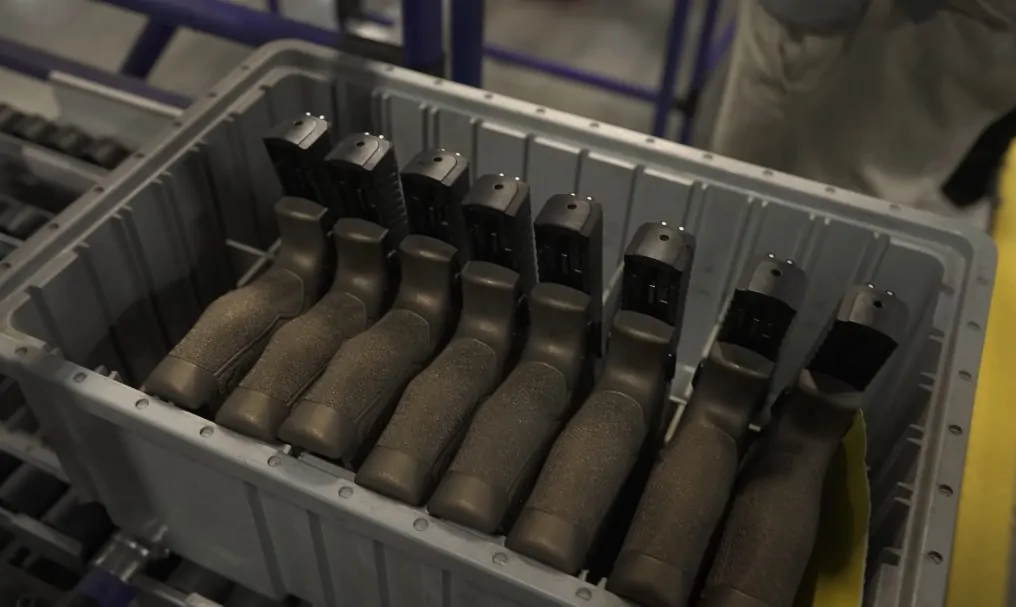
- Societal dynamics
- Consumer behavior
- Industry trends
The firearms industry often reacts swiftly to political, social, and economic changes, resulting in noticeable shifts in production and sales.
Are Political Events Catalysts of New Gun Owners?
Political events frequently serve as a driving force behind the increased manufacturing of guns in America
For example, the 2008 presidential election of Barack Obama led to a surge in gun production, driven by fears of stricter gun control measures.
The same pattern occurred during other administrations, with heightened political rhetoric about firearm restrictions causing consumers to stockpile weapons.
The phenomenon, sometimes referred to as “panic buying,” underscores how political climates can deeply influence consumer decision-making and industry output.
Which Weapons Do Americans Prefer?
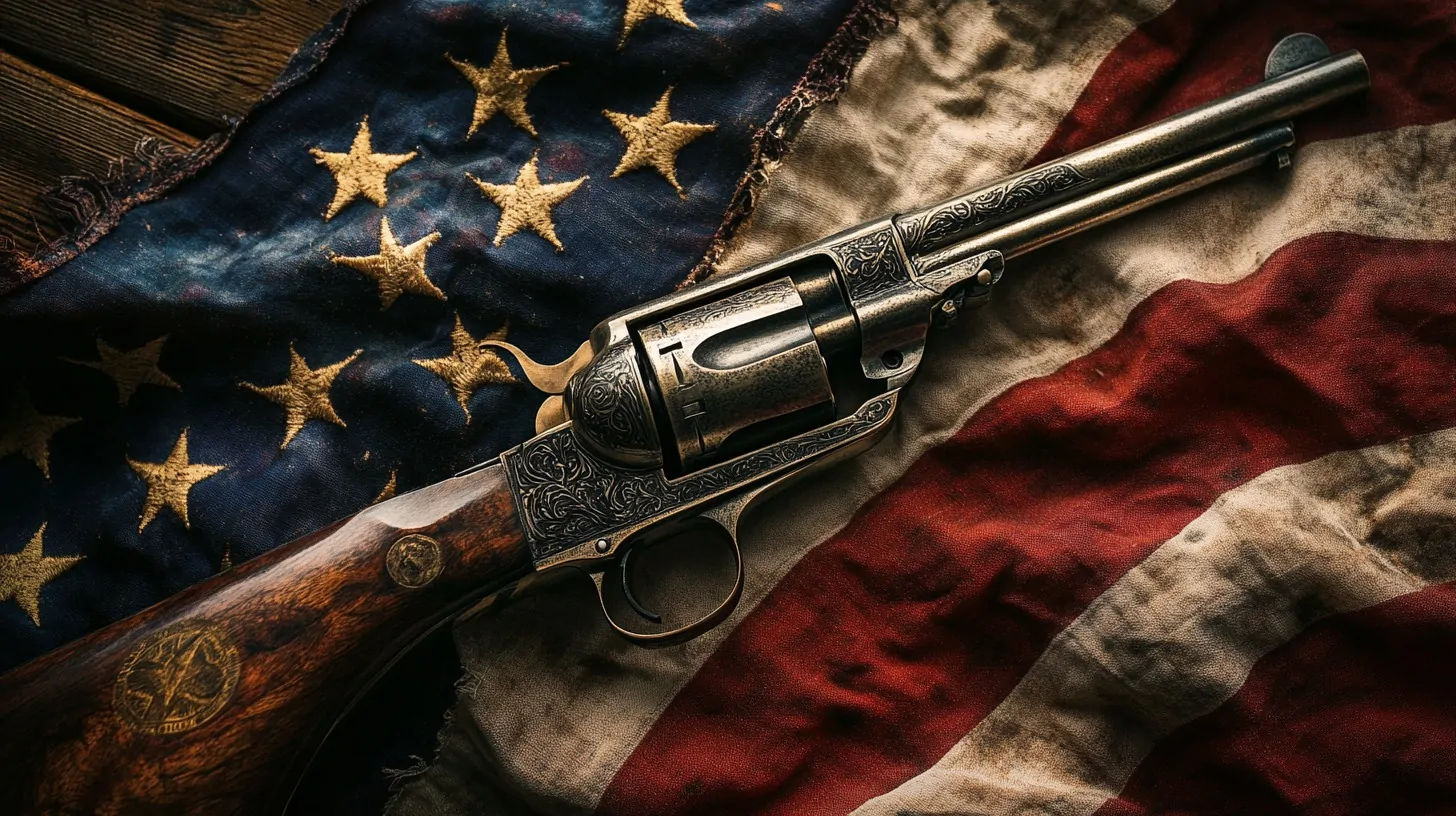
Consumer preferences within the firearms market have evolved significantly. A clear indicator of that is knowing how many guns are in America of each type.
In 2016, the NY Times published an article on a change in preference among consumers.
Handguns specifically designed for self-defense have gained immense popularity, overtaking traditional rifles and shotguns primarily used for hunting and sport shooting.
The shift indicates a growing focus on personal protection rather than recreational use, reflecting broader societal concerns about safety and security.
Another major result of this consumer behavior is a massive increase in the global handgun market size, which is projected to reach 6.42 billion by 2033, according to GlobeNewswire.
The Role of Background Check Data
Background check data, often used as a proxy for tracking gun sales, reveals critical insights into purchasing trends.
During the peak of the pandemic in 2020 and 2021, the FBI reported record-breaking numbers of background checks, with millions of Americans, many of them first-time gun buyers, purchasing firearms.
However, by 2022 and 2023, background checks and overall gun sales began to decline, indicating a temporary normalization of the market.
What are the Major Reasons for Gun Ownership?
A Pew Research survey shows us that self-defense is the most cited reason for owning guns in America, with nearly three-quarters of owners prioritizing personal protection.
| Reason | Major Reason (%) | Minor Reason (%) | Not a Reason (%) |
|---|---|---|---|
| For protection | 72 | 19 | 9 |
| For hunting | 32 | 20 | 49 |
| For sport shooting | 30 | 29 | 42 |
| As part of a gun collection | 15 | 26 | 58 |
| For my job | 7 | 8 | 85 |
In an era characterized by concerns about crime and personal safety, which manifests through high incarceration rates, firearms are increasingly viewed as essential tools for safeguarding individuals and families.
Other motivations for owning guns in the US include recreational purposes such as hunting and shooting sports, as well as professional needs in industries requiring armed security or enforcement roles.
Collecting firearms as a hobby also remains prevalent among enthusiasts, often accompanied by various types of protective accessories.
The emphasis on personal protection illustrates a broader trend where firearms are no longer just recreational tools but critical components of modern safety strategies.
What Does the General Public Think About Gun Ownership?
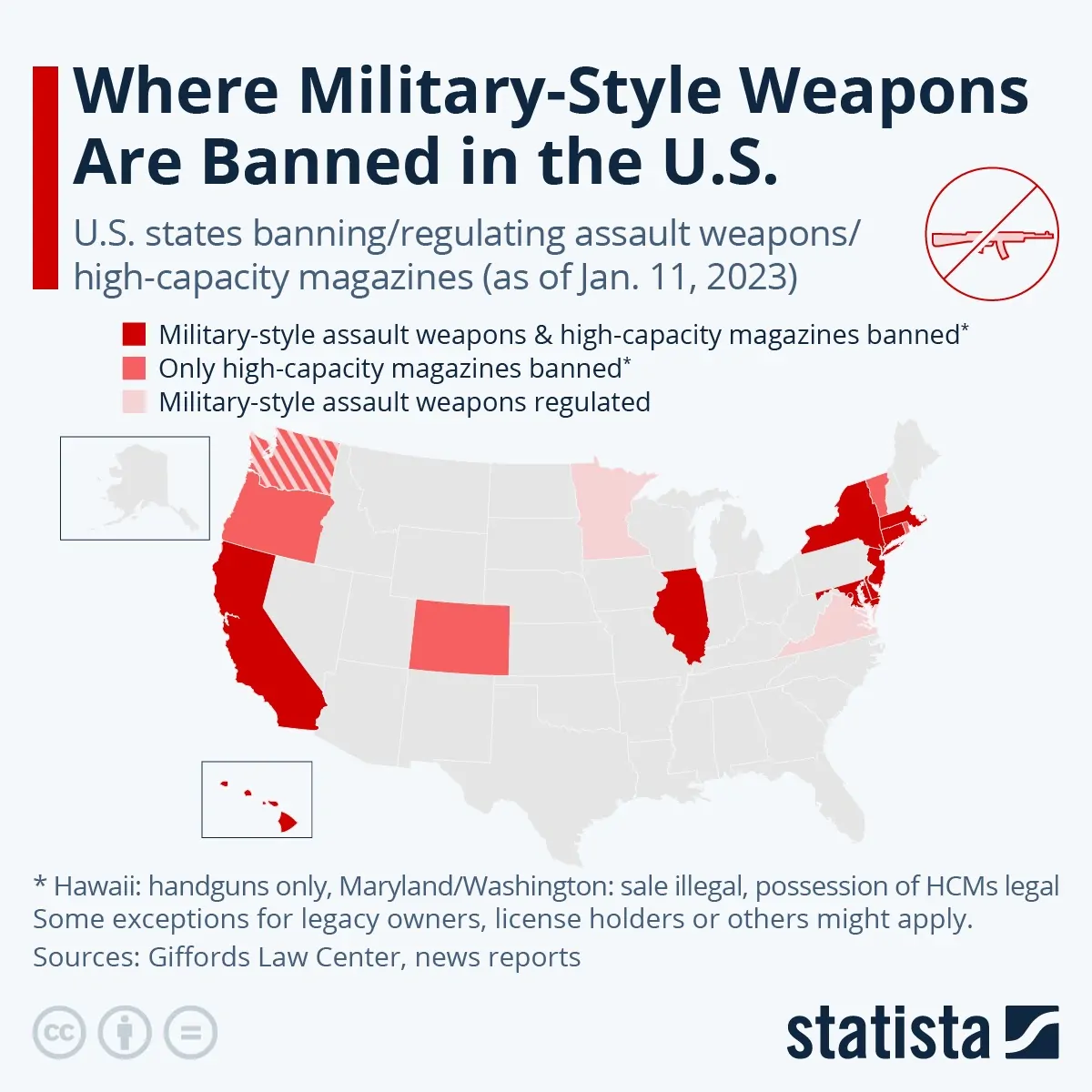
Owning guns in America is a polarizing topic, with public opinion deeply divided along political, geographic, and cultural lines.
While a majority of Americans support stricter gun regulations, others advocate for the preservation of Second Amendment rights, highlighting a clash of priorities.
- 56% of U.S. adults support stricter gun sales laws
- 33% prefer the current laws to remain unchanged
- 10% want less strict regulations
At the same time, the survey shows that the support for banning handguns in the U.S. has fallen to one of its lowest levels.
Urban areas tend to favor gun control measures, because of gun violence, whereas rural communities emphasize the importance of self-defense and individual freedoms.
Political affiliation also plays a significant role, with conservatives generally opposing regulation and liberals supporting stricter laws.
Politico pointed out that 79% of Republicans and Republican-leaning independents surveyed said they believe that gun ownership increases safety; nearly the same percentage of Democrats and Democratic-leaning independents said the opposite.
Concerns over the societal impact of increased firearm ownership often center on safety, particularly regarding gun violence. That is exactly why many organizations are asking the question “how many guns are in America?”
The dichotomy reflects broader debates about balancing personal freedoms with public welfare, showcasing the complexity of public sentiment on this issue.
Is There a Connection Between Gun Availability and Violence?
The relationship between gun availability and violence remains a contentious subject and was a starting point of many studies and surveys.
Data indicates a parallel rise in gun deaths and firearm production over recent years, sparking debates about causation versus correlation.
- Higher crime rates
- Accidents
- Suicides
Critics, however, contend that crime rates are influenced by various factors, including:
- Socioeconomic conditions
- Law enforcement practices
In 2004, National Academics stated the following:
“There is no credible evidence that “right-to-carry” laws, which allow qualified adults to carry concealed handguns, either decrease or increase violent crime.”
Therefore, the presence of firearms, they argue, does not inherently lead to violence but rather provides a means for its expression.
Regardless of perspective, understanding this correlation is critical for addressing issues like gun safety education and policy-making.
What Does the Legal Framework Say?

The lack of a national firearm registry complicates efforts to track gun ownership and regulate sales.
While federal agencies like the ATF oversee aspects of gun manufacturing and sales, state-level regulations often vary widely, creating a patchwork of laws across the country.
Recent initiatives, such as holding manufacturers accountable for gun violence, aim to address the broader implications of firearm proliferation.
For example, certain states have implemented laws enabling lawsuits against gun manufacturers for negligence, reflecting an evolving approach to regulation.
These efforts underscore the need for cohesive policies that balance individual rights with public safety concerns.
Methodology
The methodology for creating this report involved a comprehensive analysis of various reliable data sources and research materials. We began by gathering statistics from reputable organizations such as Statista, Pew Research, Gallup, and government agencies like the FBI and the ATF. These sources provided foundational data on gun ownership, production, and sales trends.
To ensure accuracy, we cross-referenced information from multiple studies, including reports from academic institutions and industry publications. For historical context and production statistics, resources like the National Criminal Justice Association and firearm industry reports were analyzed. Insights into societal trends, such as increased firearm purchases during periods of unrest, were supported by studies published in peer-reviewed journals like Injury Epidemiology.
Demographic data was extracted from surveys and reports by institutions like Pew Research, highlighting ownership patterns by gender, race, and community type. Regional statistics were supplemented by publications like World Population Review to illustrate state-level differences in gun ownership percentages.
Economic and political influences on firearm production and sales were examined using news archives and market reports, such as those from GlobeNewswire and major news outlets like CBS News. This helped contextualize shifts in consumer behavior and the impact of political events.
The report also considered legal frameworks and policy changes by reviewing federal and state regulations, including recent initiatives targeting gun manufacturers. Lastly, public opinion was integrated through analysis of surveys by organizations like Gallup and magazines like Politico.
The Bottom Line
The number of guns in the US represents an unmatched arsenal, with hundreds of millions of firearms distributed across the country. Therefore, we can see that “how many guns are in America?” is indeed a good question.
These weapons are deeply ingrained in the nation’s culture, history, and identity, symbolizing individual freedom and responsibility.
The sheer volume of firearms highlights the need for clear and effective policies that respect constitutional rights while ensuring public safety.
Responsible ownership, proper training, and adherence to laws are critical for maintaining balance in this heavily armed society.
Firearms are powerful tools that require discipline and accountability. Stay prepared, stay vigilant, and always act responsibly.
Sources
Here are the sources I used:
- Tacticon – The Power of the Second Amendment
- CeoWorld – Countries with Highest Gun Ownership
- National Criminal Justice Association – 5.5 Million Guns Bought by Americans In Early 2024
- NRA – Gun Registration | Gun Licensing
- Pew Research Center – Key facts about Americans and guns
- Statista – Percentage of households in the United States owning one or more firearms
- Data Panda – Gun Ownership By State
- CBS News – More women buying guns to defend themselves
- Injury Epidemiology – Political violence, racial violence, and new gun ownership
- National Library of Medicine – Public perspectives on firearm sales in the United States during the COVID‐19 pandemic
- VOX – The “racial reckoning” of 2020 set off an entirely new kind of backlash
- Reuters – Americans own nearly half world’s guns in civilian hands
- The Hill – Gun production has doubled under Obama
- The Guardian – Obama election prompts surge in US gun sales
- New York Times – Handguns Are the New Home Security
- The Trace – FBI Data Indicates Gun Sales Dropped Again in 2023
- JSTOR – For Most U.S. Gun Owners, Protection Is the Main Reason They Own a Gun
- Gallup – Majorities Still Back Stricter Gun Laws, Assault Weapons Ban
- SpringerNature – Why Do Gun Ownership Rates Vary Between Cities?
- Politico – Americans remain divided on gun control as national worry over violence rises
- National Library of Medicine – The Relationship Between Gun Ownership and Firearm Homicide Rates in the United States
- Johns Hopkins – Firearm Violence in the United States
- National Academics – Data on Firearms and Violence Too Weak to Settle Policy Debates
- Giffords Law Center – Registration
- TruthOut – The Gun Industry Is Beginning to Lose Immunity From the Violence It Fuels
- BBC – US weapons sales abroad hit record high in 2023, boosted by Ukraine war
Related Posts:
- Breaking Down the Difference Between Army and Marines
- How Much Does a Modern Soldier’s Gear Cost? Breaking…
- How Many Navy Fleets Does the US Have in 2025?
- How Many Fighter Jets Are in the U.S. Military Fleet…
- How Many Immigrants Came to the US in 2024? - What to Know
- How Many WW2 Veterans Are Still Alive? Will There Be…

